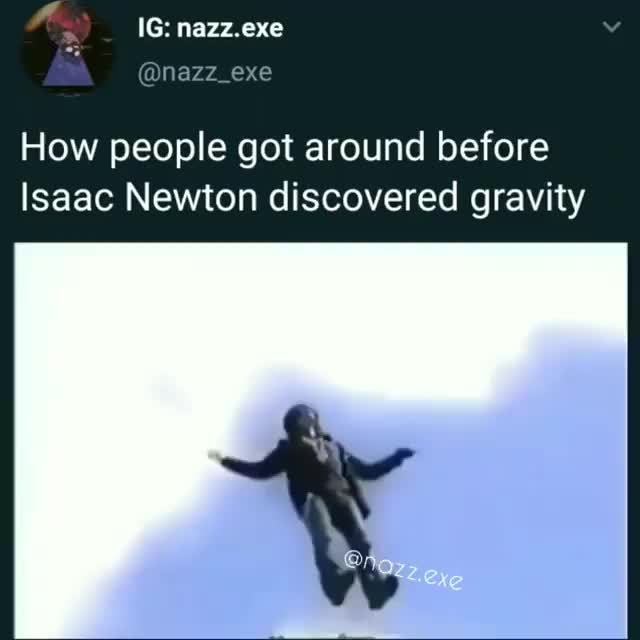
“A mysterious triangle,” that’s what Gharib called it, which caught the attention of the scientists. Walter Isaacson, a da Vinci biographer, says more than 7,200 scribbles and notes of Vinci exist till date. Morteza Gharib, an author and a professor of aeronautics at California Institute of Technology, said in an interview, “Nothing could stop him. A study by the scientists at the California Institute of Technology suggest Vinci did detailed studies and experiments on the concept of gravity. He was buried in Westminster Abbey, and his monument stands by the choir screen, near his tomb.Succession finale review: One of the best shows about sibling warfare It's official! Man of Masses NTR Jr's next titled 'Devara', check out the actor's intense first lookĪ new study has revealed the iconic artist and Italian polymath discovered gravity nearly two centuries before Newton came into the picture. Whether his mind was truly able to align religion and science, no-one knows for sure. But his strong beliefs stemmed from his investigation of the natural world. He believed in a monotheistic God, and spent many hours trying to glean hidden messages from the Holy Bible. Aside from his scientific works, he wrote numerous theological papers, which dealt with the literal translation of the Bible. A history of the Bible: who wrote it and when?ĭespite being a scientific revolutionary, Newton was devoutly religious.This was the birth of a wave of newly enlightened thinkers.īy Newton’s time, religion was still a big part of life, but scientists were trying to understand how God fitted into the picture – alongside their research.

In the 14th and 15th centuries, a group of so-called ‘humanists’ was formed in France and Italy – they were not opposed to the Church, merely intent on worshipping God away from the restraints of priests. Newton the politicianĭuring the Middle Ages, the Church was incredibly powerful, keeping the aristocracy under their thumb.

This Scientific Revolution was truly an era of scientific enlightenment – perfectly summed up by the Royal Society’s motto: ‘Nullius in verba’, which basically means ‘take nobody’s word for it. Galileo Galilei worked out that objects of different mass fall at the same speed, and he improved the telescope, which led to his many astronomical discoveries – such as spotting mountains and valleys on the surface of the Moon, and discovering the four largest moons of the planet Jupiter.Īnd, by Newton’s time, when once people believed that the world was composed of four qualities (Empedocles’ earth, water, air and fire), scientists now recognised that it was made of atoms, or ‘corpuscles’ (small material bodies). Elsewhere in Europe, scientists carried out various experiments and came up with ingenious inventions. Most historians claim this Scientific Revolution was kick-started by mathematician and astronomer Nicolaus Copernicus (1473-1543), who came up with his heliocentric view that the Sun is at the centre of our Solar System, and not Earth. No longer did people simply theorise how the world worked, but they used individual experience and scientific experimentation to gain actual knowledge. What and when was the Scientific Revolution?įrom around the 15th to the end of the 17th centuries, developments in mathematics, physics, astronomy, biology and chemistry transformed society’s view of the world around us.


 0 kommentar(er)
0 kommentar(er)
